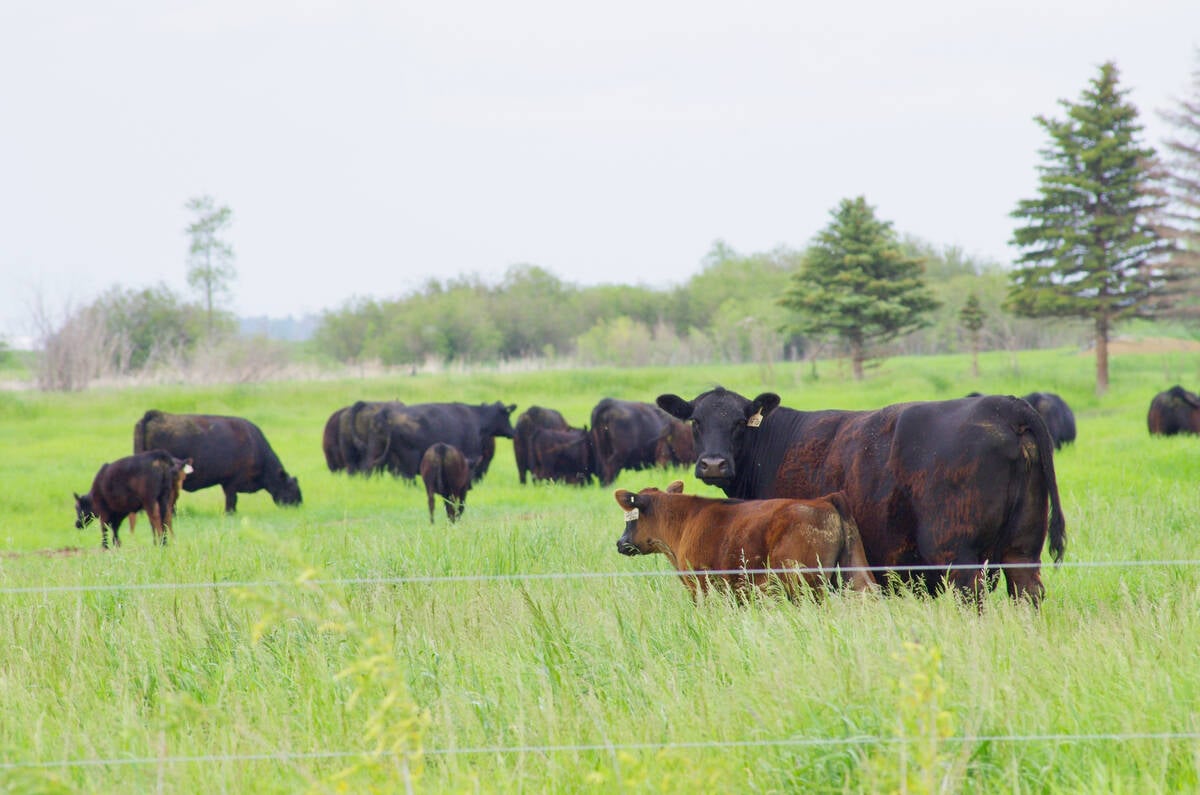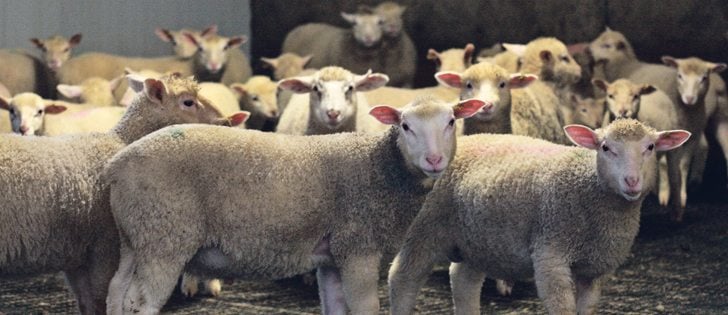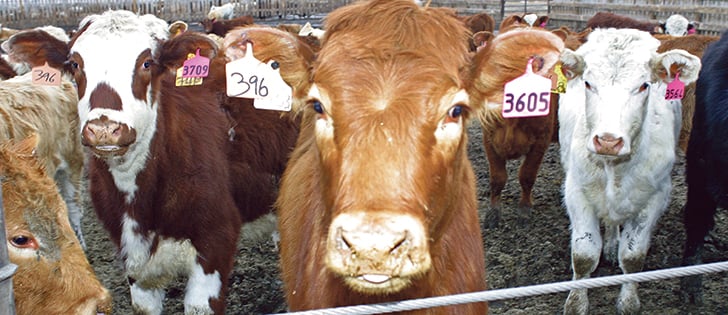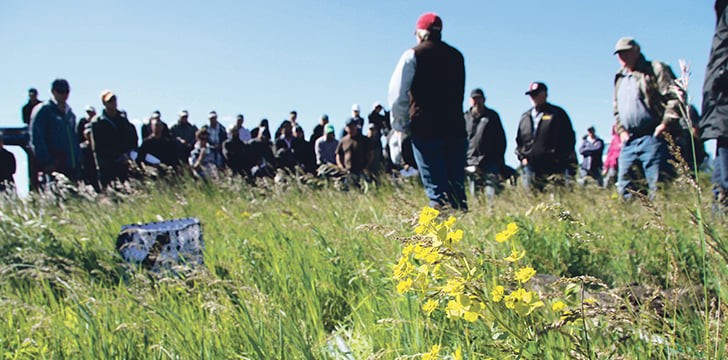Canada has had a mandated BSE testing target of 30,000 head a year ever since it began its surveillance program for the cattle disease.
It’s important to keep meeting these targets because the country could potentially reduce its BSE risk status from “controlled” to “negligible” this year.
This may not seem important to producers, considering the current market situation, but changing the risk status has some long-term positive ramifications.
Canada is the only one of the top seven beef exporting countries that still has controlled risk status. The rest are at negligible risk.
Read Also

Tick research from the University of Manitoba focuses on insects and testing
Manitoba researchers are looking into the effects of tick and fly disease in cattle.
This puts the country at risk when competing on the world stage, particularly when exporting parts of the carcass that North Americans may not use, such as intestines and tripe.
This is obviously advantageous because it allows more of the carcass to be used.
Negligible risk status would also greatly reduce the amount of specified risk materials that packing plants need to remove, which again means more of the carcass is used.
As well, the long-term implications are a reduction in the number of samples we need to submit, which is critical because a smaller and younger cow herd makes it harder to reach the expected testing targets.
Alberta still pays mileage for veterinarians who do testing of dead, dying, down or diseased animals and beefs up their post mortem fees. Ontario and Quebec get a lot of their submissions from rendering plants or dead stock facilities.
Provincial shares of the 30,000 head target are based on cattle populations.
Ontario and Quebec were almost double their quota last year, while Alberta and especially Saskatchewan lagged way behind at 60 percent for Alberta and 40 percent for Saskatchewan.
Saskatchewan could significantly increase its testing numbers if it would pay veterinarians a mileage fee. Without such a payment, it costs veterinarians money to do BSE testing unless they’re going to the farm for another reason or happen to be driving by.
Testing has slowed down not only because of the smaller and younger herd but also because decreased funding and rule changes have made producers and veterinarians less diligent.
Neurological cases make producers uneasy, but these carry the most points in the World Organization for Animal Health’s scoring system and are probably the most important for the producer to find out the cause.
It’s highly unlikely that the cow would be positive for BSE, while an autopsy diagnosis such as grass tetany, brain abscess, polio, lead poisoning or rabies would be valuable information.
In Alberta, many producers complained when the provincial government eliminated the $150 payment for tested animals.
However, the province has also removed the 30-day ownership restriction, which means many of the unexplained deaths that occur at gathering stations and auction markets or in recently purchased cattle older than 30 months now qualify.
Calving related deaths and prolapses also qualify.
Some producers have avoided BSE testing since the program began, which is a mindset that absolutely needs to change.
Testing helps the Canadian cattle industry and provides producers with a small payment, a free veterinarian visit and a free autopsy. I have often seen these autopsies identify areas where management could be improved.
Alberta producers can also take advantage of the veterinarian visit by getting other procedures performed at the same time.
The veterinarian would need to be paid for the extra procedures, but the mileage is already looked after.
Testing also helps establish a relationship with a veterinarian.
I know of producers who didn’t use veterinarians and had a disproportionate number of BSE cases.
We were able to help them correct management deficiencies, including disproportionate numbers of Johne’s cases, high levels of internal and external parasites, hardware cases, kidney cases and a severe case of mastitis that was killing beef cows.
Severe deficiencies of iodine, copper and magnesium were detected in some deaths, which prompted the producer to look at nutrition, including trace minerals.
These discoveries improved herd health, both individually and collectively.
In Alberta, this information can go into the Alberta Veterinary Surveillance Network, which can help if pockets of diseases start showing up in certain geographical areas.
Let’s help increase the health status of the Canadian herd to the next level by achieving negligible risk status.
An excellent video featuring Canadian Cattlemen’s Association chair Dave Solverson further explains the testing need in Canada. Please watch it, and encourage your friends and neighbours to do the same.
If you have cattle that fit the criteria, don’t hesitate to call a veterinarian and get them tested.
















